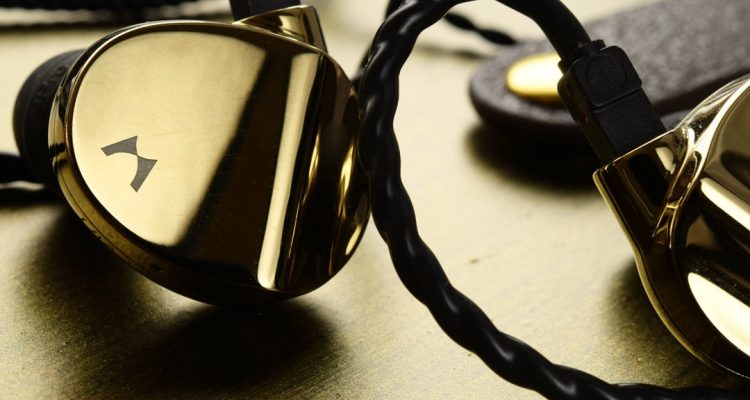 Metalure Wave Review: More than another option
Metalure Wave Review: More than another option
Here’s one small fact of mine (that nobody asked for), I have a strong preference for IEMs made of metal housings than resin. The influences brought by housing material aren’t limited to appearance but also alters the sound. Of course, resin IEMs have their own thing (both visually and sonically) yet my eyes are drawn stronger to metal IEMs. They just feel and look more promising, plus they’re relatively rarer to spot.
A new US brand was spotted on my curiosity radar which is called Metalure. Technically speaking, they aren’t completely new to the scene as Metalure is founded by an ex-NuForce team, just like the case of NXEars. The “Wave” has been announced as their debut IEM which uses a full metal housing, just as apparent as we could guess from their brand name. Let’s now find out the features of Wave as well as how it sounds and compares to its competitors.
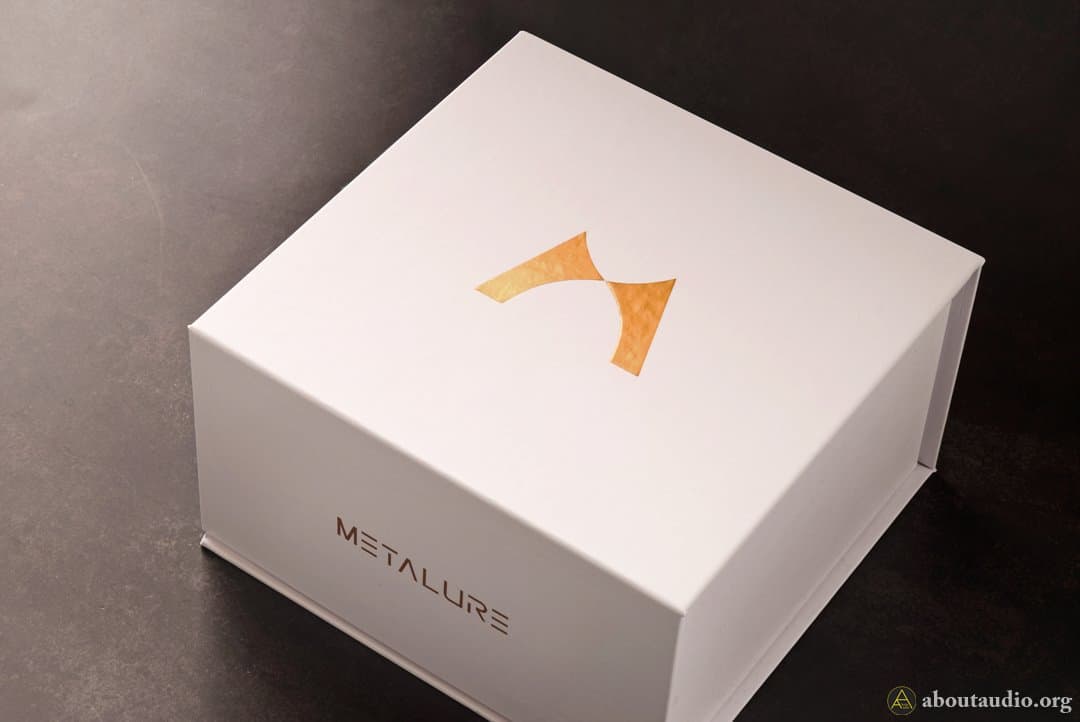
 Packaging
Packaging
Wave comes with a decently-sized white box with gold printings. Opening the lid reveals the earpieces displayed and the accessories are stored on the lower portion, which slides out by pulling the tap on the bottom. Other than the earpieces, Wave comes with a TRRS 2.5mm balanced cable, a 2.5mm to 4.4mm adapter, a leather zipper case, 3 pairs of silicone eartips, 3 pairs of EPro EP01 eartips, 3 pairs of foam tips, and some paperwork. It’s appreciable to see them including quality eartips (especially the new EPro tips) along with a balanced termination for the stock cable. Yet I feel the lack of a 3.5mm converter jack for those that don’t use 2.5mm or 4.4mm devices.
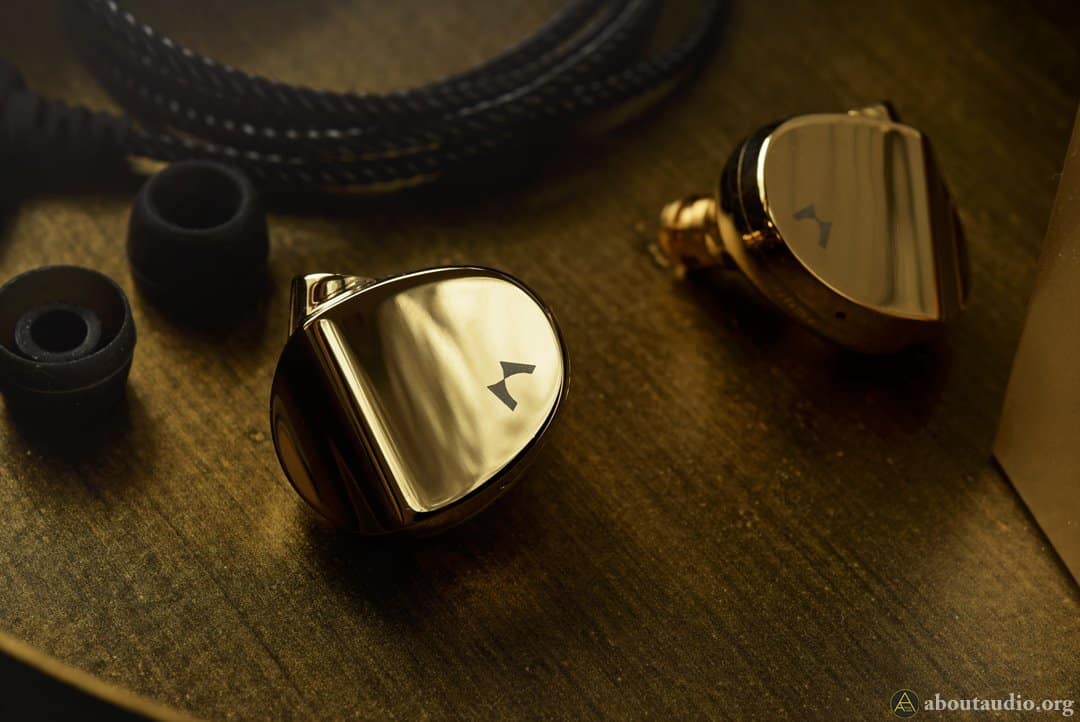 Earpieces
Earpieces
As mentioned earlier, Wave uses a housing fully made of metal. Not any metal, however. It uses a high-strength brass chamber combined with titanium-coated gold nozzles. Using brass as the housing material sure made the earpieces heavier than the average, yet not to an extent of being excessive. It’s surely not ideal for workouts but will be fine for most other situations. The surface of the chassis has a glossy gold finish, giving an elegant, luxurious look.
Metalure has sported a single, unique dynamic driver for Wave. Incorporating Metalure’s proprietary NOMAX diaphragm, Wave uses a polymer-coated LSR (Liquid Silicone Rubber) driver. Interestingly enough, LSR is the same material used for AZLA Crystal eartips. Cable connections are terminated with standard 0.78mm CIEM 2Pin, making Wave compatible with most 2pin custom cables.
 Cable
Cable
The stock cable is comprised of 4-core single crystal copper. The lower half of the cable is applied with twisting termination which causes less microphonics. It’s very light in weight which compensates for the relatively heavier earpiece weight. This has also been mentioned earlier but the plug is terminated with TRRS 2.5mm without additional converter jacks, which means you need a separate jack ready if using 3.5mm devices. Having the 4.4mm adapter present is pleasing, yet also including the 3.5mm adapter would’ve been possible considering the level of the price. But then again, I wouldn’t stress this any further as this is their first item – at least they’ve offered balanced termination while most brands go unbalanced.
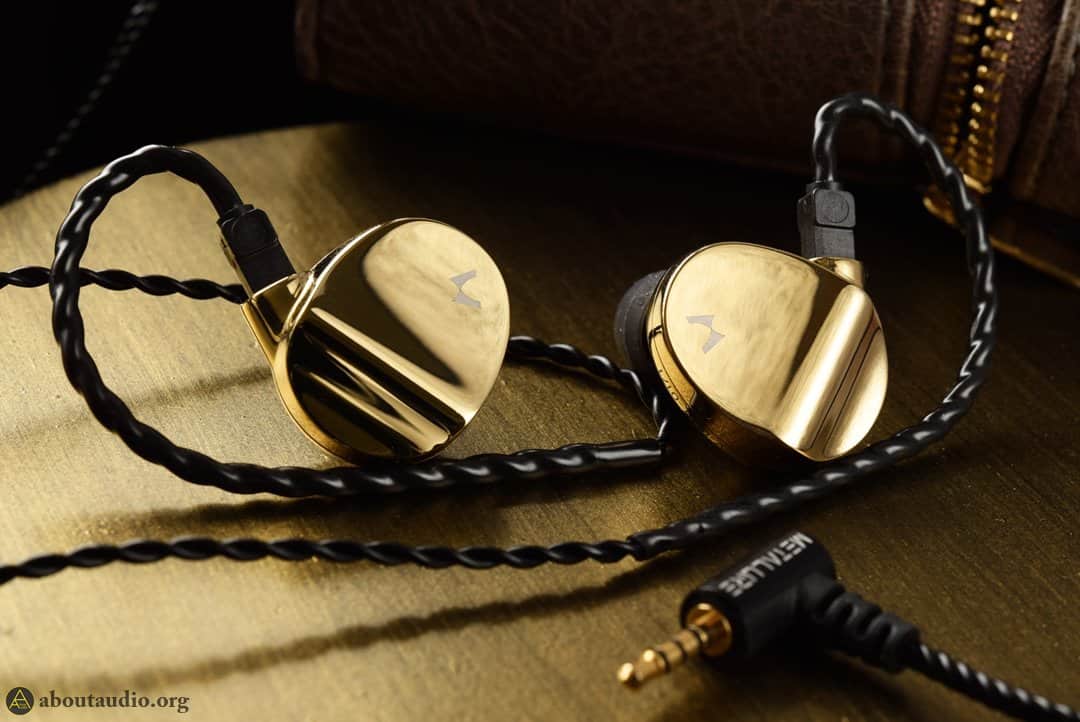 Sound impressions – Lows
Sound impressions – Lows
Lows are truly dignified in their presence. Every bass note is brought with weight and makes the low-end ooze much seriousness. Through such processes, the ultra lows are also exposed with strong depth and thickness. While Wave’s bass has the very qualifications and technical ability that could face against renowned basshead IEMs. However, the overall balance of the sound is just too good to put Wave the “basshead” name tag. While the bass presence may be strong as typical basshead IEMs, the bass feels quite tamed and calm considering the basshead elements Wave has. Yet not only Wave never goes lacking in bass quantity, but its bass also feels noticeably more plentiful and richer than typical IEMs with slightly v-shaped sounds. Why? Because the imaging size of the bass and ultra-lows are simply gigantic.
The tone of the bass is void-black (perhaps just as black as JH Audio). Reading up to this point may bring the concern of sounding too overwhelming or boomy, though here’s a twist – Wave’s reverbs are tight that makes the impression closer to “vibrations” along with the bass region kept expansive. Thanks to that, the bass is actually vigorous and refreshing. It’s interesting and impressive to see a bass that is warm and refreshing at the same time. The bass that Wave offers have a rather warm, smooth texture (not mushy, of course), so keep that in mind if you’re into rock-solid basses instead.
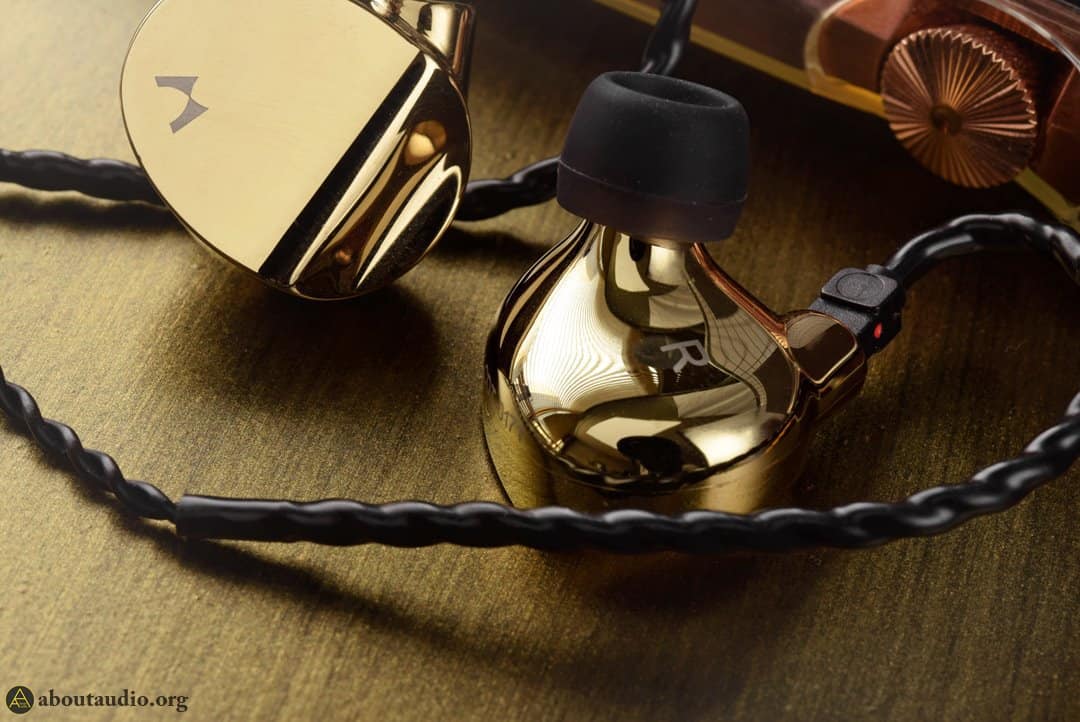 Sound impressions – Mids
Sound impressions – Mids
Mids take a mild step closer to the ears but not particularly departed from the lows. It feels more like the vocals are placed on top of the lows rather than stepping forward. This way, the imaging is kept accurately while making a clear division between the lows and mids. Mids make the most out of Wave’s brass chassis and large dynamic drivers. The vocals scale significantly big with rich vibrations that largely fill the head. These vibrations do not deafen the vocals but serve to supply the vocals air and moist, making the vocals sound vivid and lively. The scaling size of the vocals is one of the largest I’ve tested from a 1DD IEM (or most IEMs in general), which is particularly remarkable to discover from the sub $600 price range.
The vocals are spread wide and evenly with no knotted dips or bumps. The flows going on in the mids are consistent, offering a very steady foundation for the vocals to build upon. Sibilance is impressively well-polished with a natural build-up started from the lower-mids and not killing the upper-mid shine. Although Wave’s mids have a warm tone, the general openness that is present on all three bands (as well as the mild shine from the upper ends) does enough to supplement the music’s coolness. The vocal thickness is neutral-thick, making the female vocals sound fuller in body and extra richness and masculinity for the male vocals.
 Sound impressions – Highs, etc.
Sound impressions – Highs, etc.
Highs take a small step back from lows and mids as well as a relatively lesser emphasis. It’s easy for IEMs with such kinds of sound signatures to have a timid treble presentation. However, the agileness and resolution are surprisingly executed. The tiniest treble glitters and splashes are tuned clear, crisp, and tight, hence the instruments don’t get mushy or blurry in the presentation. The flow and the distancing of the treble instruments are very stable and smooth, so while the separation and imaging are spot-on and precise, the highs sound just natural and soothing.
Another element I particularly appreciate (and found to be one of Wave’s main charms) is the tone and texture of the treble. The treble has a mellow, creamy tone that makes the texture feel silky but also very elastic and flexible. The headroom expands full and grand. The soundstage expansion is mainly driven by the low-end, though it still reaches a high enough altitude.
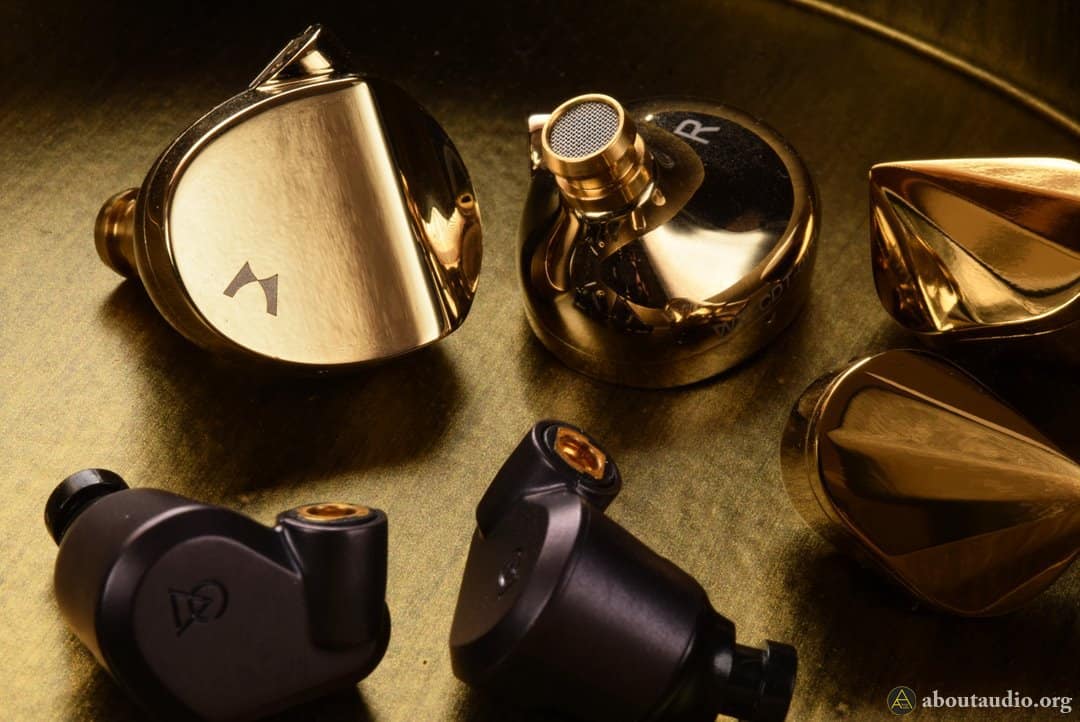 Compared to…
Compared to…
Moondrop Illumination
Not only this one looks similar to Wave but also sounds somewhat similar – just except that Illumination is considerably fitter and lighter in the bass. Objectively speaking, Illumination is not lacking in bass quantity or weight to have it considered as a bass-light IEM. However, Wave is a lot heavier and stronger in bass emphasis compared to Illumination’s balanced tuning. The bass lines are thicker and fuller on Wave with a larger impact area as well. For the cleanliness and reverb controlling, Illumination takes a small advantage thanks to its clean presentation. Illumination also carries a decent weight to the bass, yet the ultra lows are where the differences are clearly drawn between these two.
Though once speaking of mids or trebles, Illumination begins to show some superiority. The transparency, airiness, and “explicitness” of the texture are stronger on Illumination, leading the upper-ends to contain more shine and breeze. Both fall into the masculine side if considering the sound style, but Wave is far more masculine and bold in its characteristics. As for the soundstage, Wave draws a wider, fuller-sounding headroom that brings an immersive, serious impression. Meanwhile, Illumination desires a mood that is more cheerful and lively, keeping the upper-ends opened and ventilated. Since that, the headroom of Illumination doesn’t necessarily feel smaller than Wave but instead feels to have a different tuning direction.
Compared to Campfire Audio Lyra II
While Lyra II has a heavier bass than Illumination, it’s still no match to what Wave has to offer. Lows are even heavier, stronger, and larger. Lyra II has a brighter tone to the bass (neutral brightness, objectively speaking) whereas Wave’s bass has a pitch-black tone and is thicker in color. The thickness of the bass is also noticeably different. Lyra II keeps the bass moderately patched with body and meat, Wave pulls a bass groove thick as an elephant’s leg. Needless to say, the extension and body for the ultra lows are superior on Wave.
Wave also achieves fuller and larger headroom width, but that means the vocals also sound more amplified in sound. Although the strikes and decay are gentle and calm on Wave (which is unexpected), there’s also a chance for you to consider the sound to be a tad bombastic for those that are familiar with plain, flat-sounding IEMs. In that case, or in the case of seeking an IEM with a neutral thickness on the body, Lyra II may suit you well. Alongside, Lyra II is more fit in thickness with mids and highs that are more refreshing and revealing. Wave doesn’t fall short in treble resolution or extension – however, the brightness and emphasis are definitely higher on Lyra II. Preferring warmer, bassier sound (Wave) or cooler, crispier sound (Lyra II), that’s going to be the key.
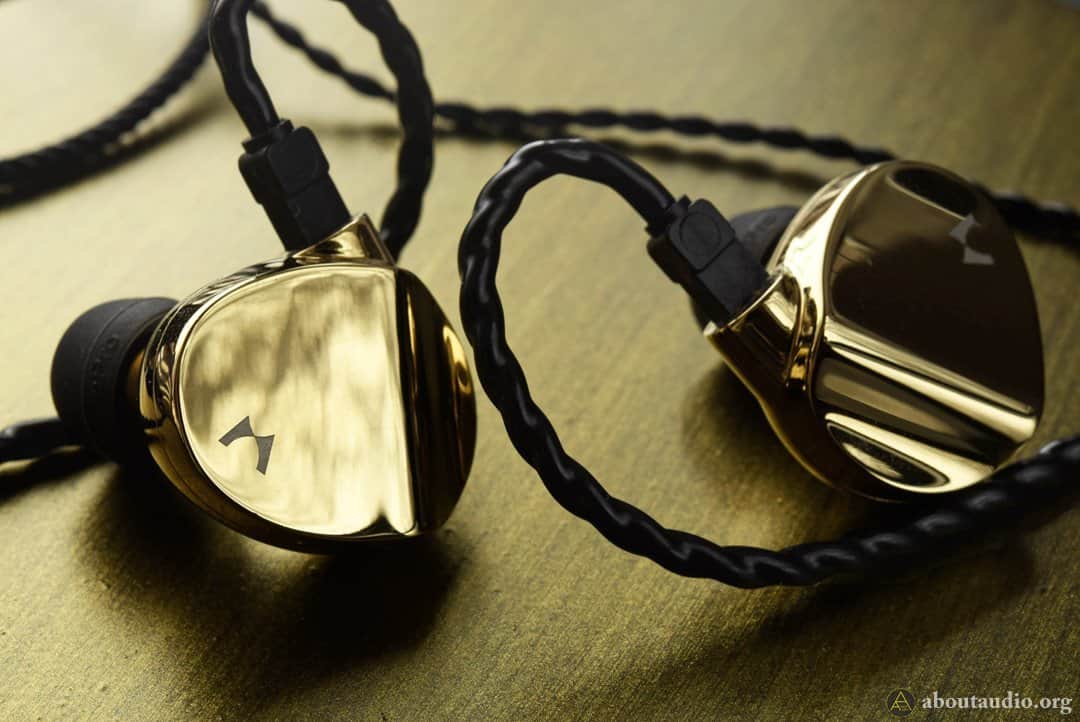 Verdicts
Verdicts
While my initial approach to this IEM was out of pure curiosity, it turns out Metalure Wave is an IEM that deserves far beyond that. As someone who experienced most NuForce IEMs, I could tell that the Metalure team simply hasn’t settled on living up to NuForce’s legacy; instead, they’ve exceeded it. With its wide, full headroom and spirited expression, Wave does a splendid job immersing the listener into the music and gives itself in a strong spot among the existing rivals. Seeing positive moves from both teams of Metalure and NXEars, I’m excited to see how they’ll be competing with each other or with the existing brands as time goes on. If strong groovy bass, energetic vocals, and crisp clear trebles sound like your jam, I suggest placing this on the upper part of the list – even if you’re looking for a summit-fi IEM!
Thanks to Metalure for providing Wave in exchange for an honest impression/feedback.
I am not affiliated with Metalure and none of my words were modded or asked to be changed.


